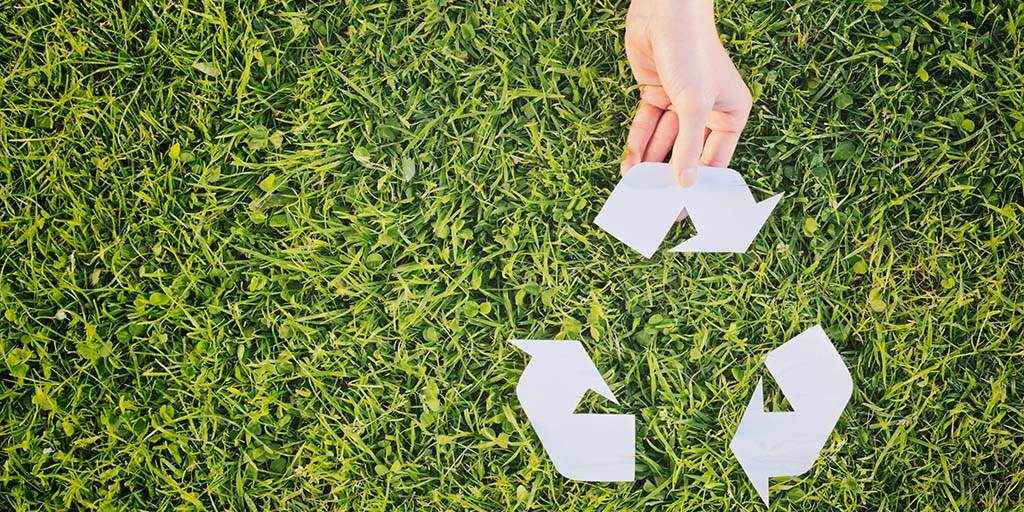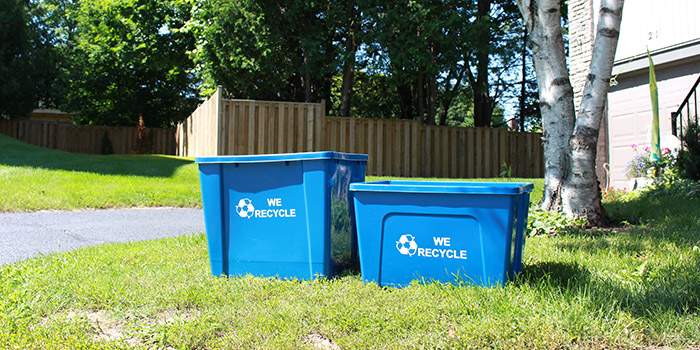- 500 B.C.
In the western world, Athens created the first municipal waste disposal program.

- 1031
The first ever recorded reuse of paper in history happens in Japan.

- 1690
This year was the introduction of manufactured recycled paper.
- 1776
Recycling is used for materials during the War of Independence in America
- 1865
In London, England, the Salvation Army is founded, and they begin collecting, sorting, and recycling items.
- 1897
New York City creates a recovery facility for materials. “Picking yards” are utilized to sort trash into various grades of carpet, metals, and carpet. Also, rubber, twine, horsehair, and burlap bags
- 1900s
“Waste as Wealth” is adopted as a phrase to describe money that is earned from sorting and reselling household trash items.
- 1904
Chicago and Cleveland open the first aluminum can recycling plants in the United States.

- 1916 to 1918
The Waste Reclamation Service is created in the United States during World War I.
- 1930s
Peddling items is used as a survival mechanism during the Great Depression.
- 1940s
Goods are recycled to support World War II efforts.
- 1955
Convenience and ease emerge as desirable qualities in product marketing, which leads to the rise of litter on highways, parks, and forests.
- 1964
Cans made entirely of aluminum are introduced, and the aluminum industry will begin creating a system to facilitate the recycling of used beverage containers.
- 1965 to 1970
The famous Mobius Loop is introduced as a symbol for Reduce, Reuse, and Recycle.

- 1970
The first Earth Day is used to bring awareness to the importance of recycling.
- 1971
Oregon introduces an incentivization program to encourage people to recycle.
- 1972
In Conshohocken, Pennsylvania, the first recycling mill is built.
In Alberta, Canada, province-wide beverage container recycling regulations first arose.
- 1974
University City, MO offers curbside recycling to residents.

- 1976
The Federal Resource Conservation and Recovery Act is put in place.
- 1981
Woodbury, New Jersey becomes the first city in the US to mandate recycling.
- 1987
A garbage-filled boat called The Mobro traveled along the East Coast of the United States looking for a place to dump items. A public discussion about waste management started and the event served as a catalyst for the growing recycling movement.
- 1990
McDonalds stops using Styrofoam cups.
- 1996
The U.S. recycles at a 25% rate.
- 2000
A link between waste and global warming is confirmed by the EPA.

- 2006
Dell begins a free recycling service for their products, which sparked the movement of recycling electronic waste.
- 2007
Five states pass laws mandating the recycling of unwanted electronics.
- 2012
Over 585,000,000 pounds of consumer electronics are recycled.
- 2015
California bans plastic bags being in grocery and convenience stores.

- 2016
Japanese scientists discovered a bacteria species that eats plastics usually found in water bottles.
- 2017
An engineer at Stanford and her team crafted a new semiconductor that is as flexible as skin and biodegradable. This new tech could help drastically decrease e-waste moving forward.